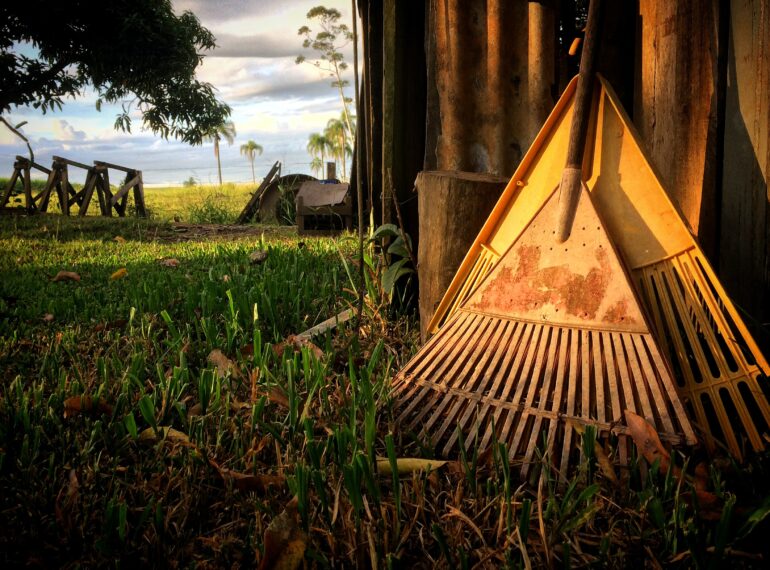
The Environmental Quality Incentives Program assists producers in improving conservation stewardship on land that is being used for production of crops, forest or livestock.
Background: Whereas conservation programs established in the 1980s and 1990s frequently retired land from agricultural production, the new century saw an emphasis on assistance for “working lands” – those where production continues to take place, but in accord with sound environmental practices. Working lands programs now account for 54% of U.S. Department of Agriculture spending on resource conservation, compared to only 35% in the early 2000s. In addition, whereas older conservation programs focused on crop production, the livestock sector also saw a need for assistance to meet both stewardship goals and public environmental requirements. These factors drove the development of the Environmental Quality Incentives Program (EQIP) in the 2002 farm bill that continue today.
Program Operation: EQIP makes payments to producers to offset a portion of the cost of applying conservation practices. In addition, producers may receive payments to help develop individual conservation plans. Payments to each producer are capped in order to focus benefits on smaller operations. Of available funds, 60% are set aside for the livestock sector, including dairy and poultry. In 2018, the program was expanded to help offset startup costs to historically underserved participants and expanded eligibility to include water management entities.
Producers sometimes use third-party experts to provide technical assistance in developing their plans, and also work with the local Natural Resources Conservation Service (NRCS) office to identify conservation practices or activities that are needed on their farms, ranches or forests. The practices are then implemented in accordance with an approved plan. Payments are based on the typical cost of applying the conservation practices that the producer is using, and cover only a portion of the costs, with the producer also contributing.
EQIP provides assistance for perhaps a wider spectrum of environmental improvements than any other USDA program. Examples range from managing the use of manure in a livestock operation to implementing reduced tillage of crops, and from managing wildlife and fish habitat to improving the quality of forest stands.
EQIP includes a number of targeted initiatives. For example, Conservation Innovation Grants help stimulate the development and widespread adoption of innovative conservation practices. CIGs are not specific projects on individual farms but help disperse information among many producers who are eligible for EQIP in order to spur adoption of new technologies or methods.
Another initiative is regional, reducing salinity in the Colorado River Basin in the western U.S. The Agricultural Act of 2014 (the 2014 farm bill) also required that 5% of EQIP funds be used to protect wildlife habitats, incorporating a similar program that had existed under prior law. Still more EQIP initiatives address air quality, on-farm energy conservation, the reduction of fertilizer runoff from agricultural lands, and the transition from conventional to organic production.
EQIP spending has grown steadily in recent years, from just over $1 billion in 2009 to nearly $1.8 billion in 2019. Of that, $1.3 billion went to financial assistance to implement conservation practices, while $427 million was spent on technical assistance. EQIP contracts that year covered some 13 million acres.
Administration: EQIP is operated by the Natural Resources Conservation Service (NRCS) of USDA.
Statutory Authority: 16 U.S.C. 3839aa.
Read more about the Environmental Quality Incentives Program here.


